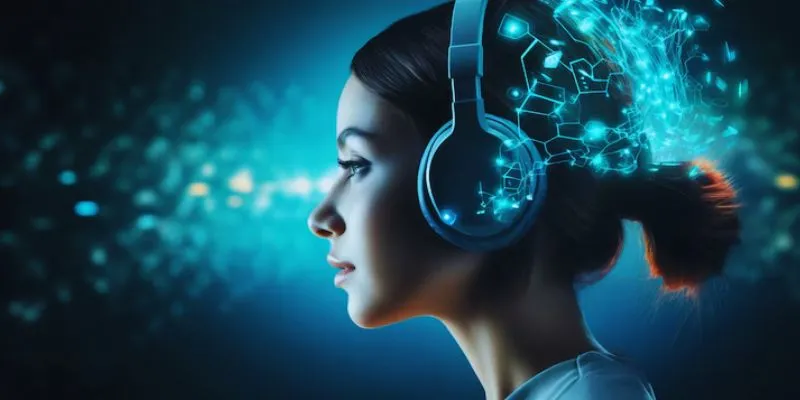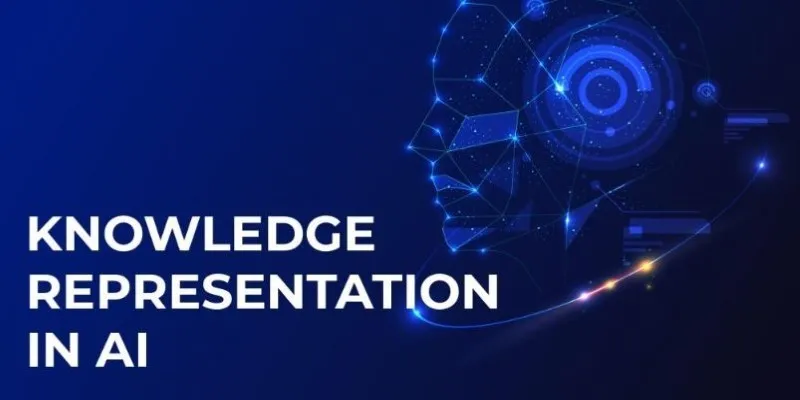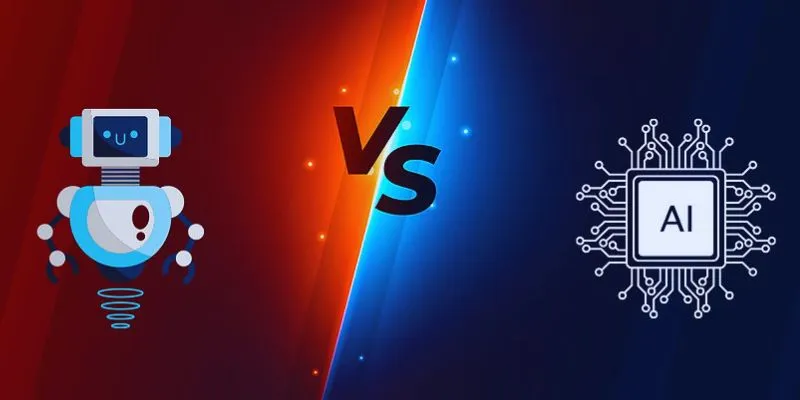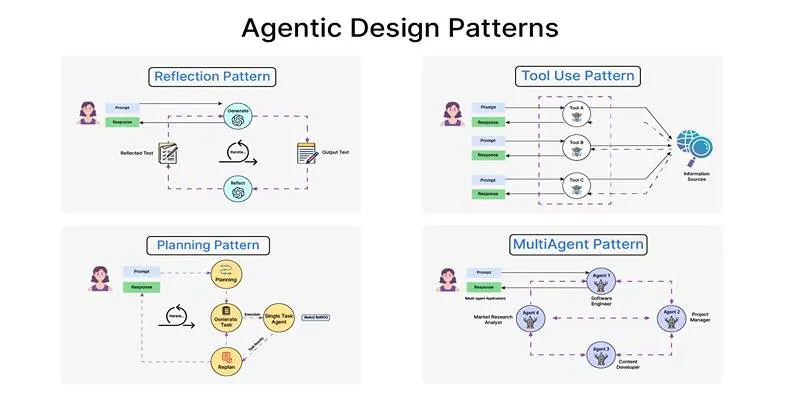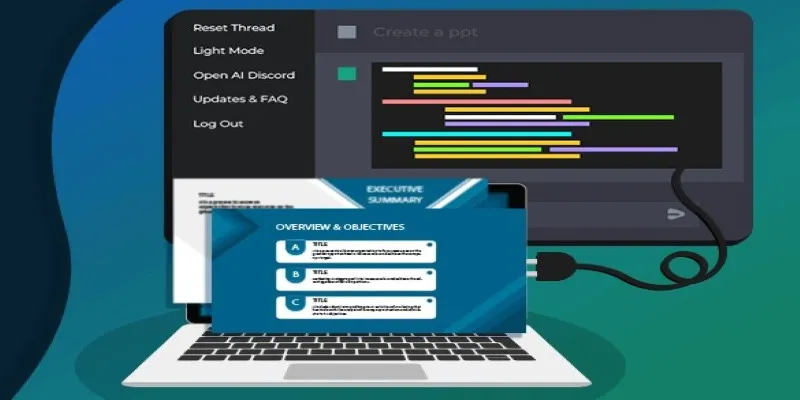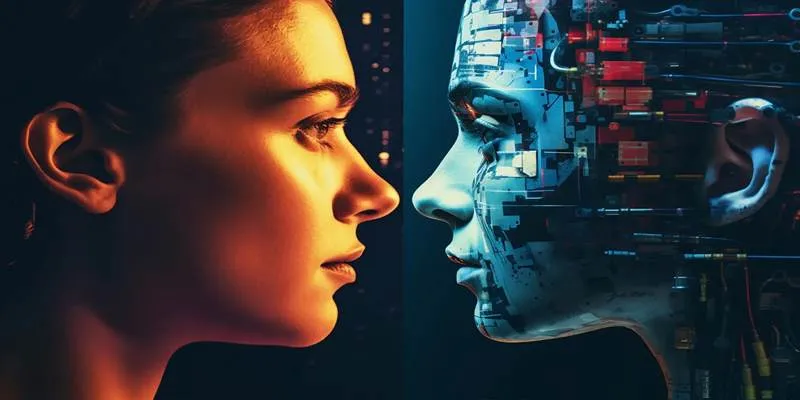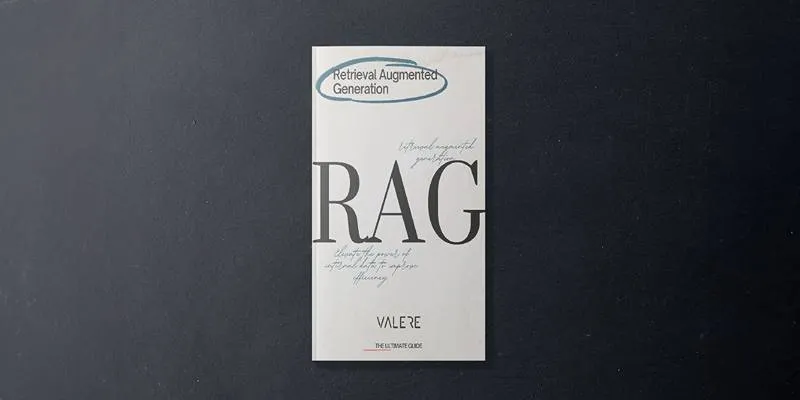In the dynamic realm of design, Artificial Intelligence (AI) is revolutionizing the creative process by accelerating and refining it. AI automates repetitive tasks, enhances accuracy, and inspires graphic and industrial artists to generate innovative ideas. With AI-driven tools, professionals can effortlessly create high-quality visuals, prototypes, and product designs.
AI analyzes data and patterns to determine optimal layouts, color schemes, and design elements. This allows creative individuals to focus on what they do best while technology handles the finer details. Rather than replacing talented designers, AI enhances design by smartly automating tasks.
The Role of AI in Graphic Design
Graphic design, a field that thrives on creativity, aesthetics, and storytelling, is being enhanced by AI through the automation of repetitive tasks, creation of new design elements, and assistance in decision-making.
AI-Powered Design Tools
AI-driven tools are streamlining design work, making it easier and more efficient. Notable AI design tools include:
- Adobe Sensei – Uses machine learning to enhance images automatically, suggest layouts, and select fonts.
- Canva AI – Provides automated design suggestions, color palettes, and AI-generated images.
- Deep Dream Generator – Utilizes neural networks to create unique and artistic image transformations.
- Runway ML – Offers AI-powered video editing and real-time design modifications.
- Figma AI Plugins – Enables intelligent layout adjustments, predictive designs, and optimized UI elements.
Automating Repetitive Design Tasks
AI automates time-consuming tasks, allowing designers to concentrate on creativity. Examples include:
- Removing backgrounds from images
- Correcting and enhancing colors
- Resizing and reformatting visuals
- Generating templates for social media and advertisements
- Auto-generating vector graphics and illustrations
By handling these tasks, AI enables designers to work more quickly without sacrificing quality.
AI-Assisted Branding and Logo Creation
AI tools now facilitate branding and logo creation, offering multiple variations based on:
- Industry type
- Color preferences
- Typography styles
- Target audience insights
Platforms like Looka and Brandmark empower businesses to create professional logos instantly, saving time and providing top-quality branding assets without extensive manual design work.
AI in Industrial Design: Innovating Product Development
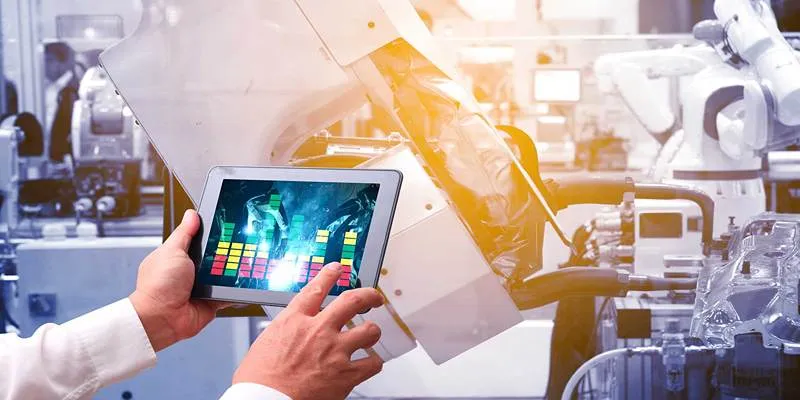
AI in industrial design plays a crucial role in creating products that harmonize aesthetics, functionality, and user experience. AI is significantly enhancing how designers conceptualize, prototype, and develop products.
Generative Design in Industrial Design
Generative design, an AI-driven approach, allows designers to input constraints such as materials, weight, and cost, with the AI generating multiple design variations. This approach enables:
- Faster design iteration and optimization
- Cost-efficient material usage
- Lightweight yet durable product structures
- Reduced waste in the design process
Companies like Autodesk and Siemens incorporate generative design AI to enhance manufacturing efficiency and resource utilization.
AI in Prototyping and Manufacturing
AI streamlines prototyping and manufacturing by:
- Predicting potential design flaws
- Automating 3D modeling and rendering
- Enhancing precision in manufacturing
- Improving user feedback integration
By automating complex modeling processes, AI helps designers create prototypes faster, reducing development cycles and production costs.
Material Selection and Sustainability
AI assists industrial designers in selecting the best materials based on:
- Durability and strength
- Cost-effectiveness
- Environmental impact
- Manufacturing feasibility
AI-based material selection ensures that the final product is both functional and sustainable, aligning industries with eco-friendly practices.
AI in User Experience (UX) Design for Products
AI plays a crucial role in user experience design by analyzing:
- Consumer preferences
- Product ergonomics
- Interaction patterns
- Usability testing results
AI-powered UX design ensures that products are intuitive and user-friendly, enhancing customer satisfaction and brand loyalty.
Key Benefits of Automating Creativity in Design
AI-driven automation offers numerous benefits to graphic and industrial designers, including:
- Enhanced Efficiency: AI tools automate tedious tasks, allowing designers to complete projects swiftly.
- Improved Creativity: AI algorithms provide fresh perspectives and inspire innovative ideas that might not naturally occur to designers.
- Precision and Accuracy: AI helps maintain consistent quality and minimizes human errors through precise calculations and adjustments.
Practical Examples of AI in Design
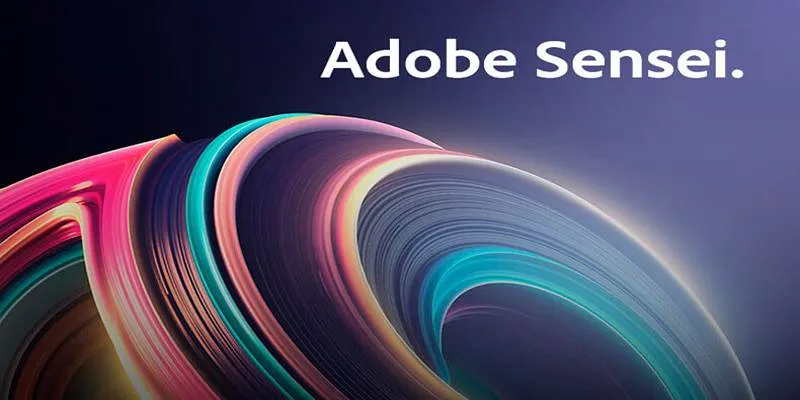
Numerous real-world applications demonstrate how AI is successfully integrated into the design industry:
- Adobe Sensei: Enhances graphic design workflows by automating tasks like image editing, suggesting effective layouts, and optimizing visual elements.
- Autodesk Generative Design: Assists industrial designers by automatically exploring numerous design variations based on specific performance and structural criteria.
- Canva Magic Design: Quickly creates visually appealing graphics and marketing materials using automated layout and branding suggestions.
These examples clearly illustrate AI’s beneficial influence on contemporary design workflows.
Overcoming Challenges of AI in Design
While AI offers substantial benefits, several challenges arise when integrating AI into design:
- Data Reliance: AI systems require large datasets to function effectively. Limited or inaccurate data can result in less effective outcomes.
- Originality Concerns: Heavy reliance on AI-generated ideas might compromise designers’ originality and creative uniqueness.
- Skill Adaptation: Designers must acquire new skills to effectively use AI tools, adapting their workflows to seamlessly integrate these new technologies.
Strategies to Address AI Integration Challenges
Designers can effectively overcome these challenges by:
- Utilizing AI as a supportive rather than a dominant tool.
- Ensuring clear guidelines and transparency regarding the intellectual property of AI-generated materials.
- Regularly refining datasets to ensure the accuracy, relevance, and effectiveness of AI-generated outcomes.
Conclusion
Artificial Intelligence significantly enhances creativity and productivity in graphic and industrial design by automating routine tasks, suggesting novel ideas, and enabling designers to focus more deeply on creative aspects. While integrating AI into design workflows presents certain challenges, they can be effectively managed, leading to highly efficient, innovative, and high-quality design outcomes. By embracing AI as a supportive partner, designers are empowered to produce outstanding and impactful designs efficiently and creatively.
 zfn9
zfn9




